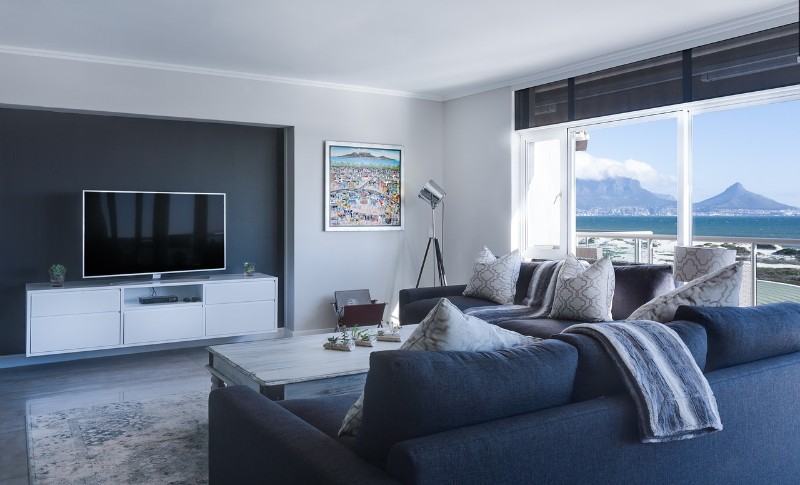Minimalism, when it comes to home improvement, tends to be the prevalent decoration philosophy today, especially. Beside that, minimalistic décor has been governing private homes as well for a while. Since the world is changing rapidly today, people do not have enough time or energy for large and thorough analysis, which reflects to every part of our lives.
 Source: Pixabay
Source: PixabaySongs are much simpler and shallower today than thirty and forty years ago. Books do not comprise larger-than-life heroes or complex philosophical issues like before. Films that we watch today are brimming with special effects and superheroes but they do not have any deeper messages. It is all normal and natural in websites, affiliate internet marketing and the sped-up materialistic world that we are currently living in. The modern home lifestyle has introduced the same tendencies into architecture and interior design.
However, design minimalism did not suddenly appear yesterday. It has been spreading since the 1980s and the yuppie-era. It is a school example how a rat race, combined with a high level of alienation leads to individualism and overrated consumerism. When people started living for money and their primary joys, the aesthetics of the space that they were living in did not matter that much. The only force and motif was practicality. That is the core reason for such a popularity of minimalism.
Neutral colours, impersonal shapes
Minimalism advocates maximum neutrality. You never know when a working person will be transferred to another city or another state and he or she must be ready to take only the most necessary things with them. Because of that, minimalistic homes have only the most essential items, which make living in them ultimately practical and plain.
Based on the economy of the 1980s, flats serve only to stay the night and get ready for the next workday. Due to that, minimalistic home décor veers towards as neutral colours as it gets and no personal traces. Furniture must be functional and its shapes regular and practical, to be good for anyone who moves in such a flat. If you want to buy a TV-set or a hi-fi, you need to incorporate them with already existent lines and colours. So, the best option is purchasing either black or white appliances, to fit them into the already existent arrangement.
A bar between a living room and a dining room is another popular solution. It serves as a physical obstacle that divides the space and thus creates mental division between different areas of the flat. This is important to make people think their flats are actually larger than they really are.
Curtains and rugs in minimalism
While minimalism mostly stresses out the practicality and pragmatism of modern human-centred world, it needs one important thing from nature – sunlight. Minimalistic living rooms crave for light, because the natural light comes in as a surrogate for items that have been left out. Of course, you can install various tapes of lights and chandeliers in your rooms, but lack of natural light from the outside spoils the whole concept of minimalistic home décor.
That is why minimalistic flats do not need heavy or dark curtains or shades. The best options for such flats are Venetian blinds, so that you and every future tenant can adjust them the way he or she wants. Curtains should be present, but not too emphasized. They are here in case of temperature extremes, to prevent scorching sunlight to melt down the air and to spend less electricity on the air conditioner.
Rugs in a modern minimalistic living room do take an important position, since they need to be the cohesive item over the flooring of the living room. The most appropriate option is that modern rugs follow the colours and shapes of the surrounding furniture. If your living room is predominantly white and black, with sharp lines and no ornaments, the rugs should follow suit and be in accordance with that model. Avoid vivid and colourful rugs with excessive Oriental patterns. Rugs with one or two patterns with straight lines are more adequate for a minimalistic living room.
